Consider it just the tip of the iceberg: noctilucent clouds (NLCs) over the south pole are AWOL this year, writes Dr. Tony Phillips of spaceweather.com.
NLCs are Earth's highest clouds. Water crystallizing around specks of dust 83 km above Earth's surface creates beautiful electric-blue structures, typically visible from November to February in the southern hemisphere, and May to August in its north counterpart. Their appearance over Antarctica in 2020 is now seriously overdue.
"Normally we see the first NLCs of the southern season around Nov. 21st," says Cora Randall of the University of Colorado's Laboratory for Atmospheric and Space Physics (LASP). "But this year, it's already December and we're still waiting."
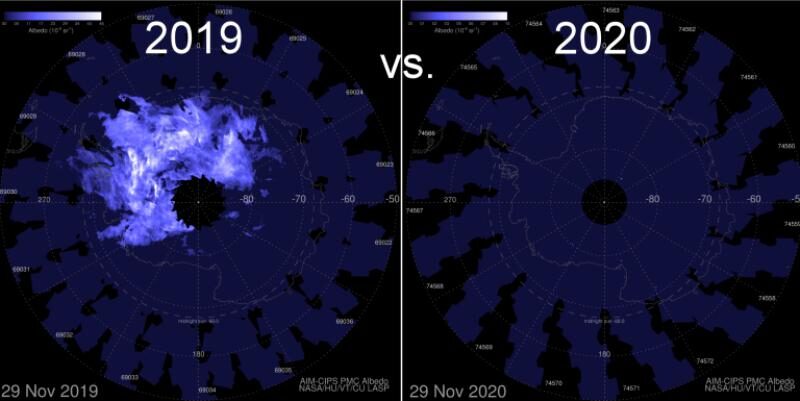
Making the list...
1) SOUTHERN OZONE HOLE
Earth's southern ozone hole is not only open, but also the biggest it's ever been in December.
The formation of stratospheric ozone is initiated by ultraviolet (UV) radiation coming from the Sun. As a result, an increase in the Sun's radiation output increases the amount of ozone in Earth's atmosphere. The Sun's radiation output and sunspot number vary over the well-documented 11-year solar cycle. Observations over several solar cycles since the 1960s show that global total ozone levels vary by 1 to 2% between the maximum and minimum of a typical cycle. However, 'global' total ozone levels aren't necessarily what we're interested in here. Evidence suggests that ozone depletion during times of low solar activity is far greater above the poles than elsewhere on the planet, a phenomenon we're seeing today, at both the Antarctic and Arctic.
This could well be the true cause of Polar Amplification. Climate alarmists, of course, love to claim that CO2 is disproportionately warming Earth's Poles which in turn is weakening the jet stream and causing an increase in "extreme weather"-but they have no agreed-upon mechanism as to how this could occur. Furthermore, Antarctica isn't warming, not even in the slightest: satellites reveal that sea ice extent around the southern pole has actually GROWN over the past 40+years, and also show that temps across the continent have had no trend. The hypothesis is fantasy. On the other hand, a positive correlation between decreasing solar activity and ozone depletion above the Arctic fits almost-perfectly, as does the negative correlation between ozone depletion and rising surface temps.
2) RECORD COLD
The air above Antarctica is currently at record cold levels for this time of year, the result of an icy polar vortex that refuses to break up, and a phenomenon meteorologists are blaming for the fluctuating weather patterns Australia has been experiencing of late.
Each winter, months of darkness over the south pole cause a large mass of extremely cold air to develop 30-50 kilometres above Antarctica. This frigid mass is surrounded by a ring of strong westerly winds which form the polar vortex.
"In a typical year, the polar vortex peaks in winter and breaks down in spring as sunlight returns to the south pole and the air in the stratosphere warms up," said Weatherzone meteorologist Ben Domensino. "However, this year, the vortex has persisted at an unprecedented strength."
This is why maximum temperatures were below average over large parts of southeastern Australia throughout November.
"There was a particularly cool spell [Nov. 5]," continued Domensino, "which produced Sydney's coldest November day in 26 years."
3) RECORD-FAST ZONAL WINDS
In the stratosphere, east-west winds at 60 degrees South are blowing at record speed.
Lynn Harvey, also at LASP, gathered plots (shown below) from the Goddard Space Flight Center that reveal some of the unusual meteorology:
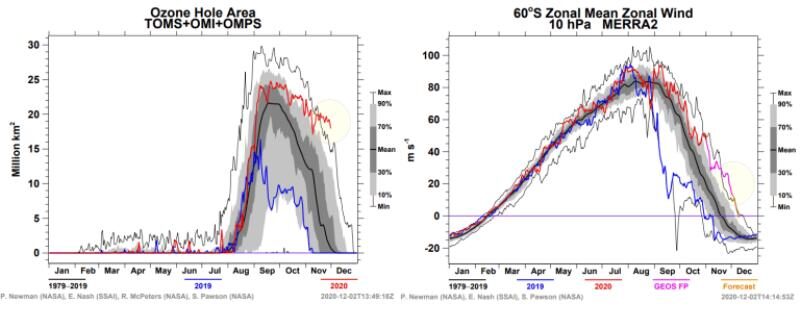
So, what's causing the delay?
"I would guess it's ocean/atmosphere coupling," speculated Randall. "La Nina strengthened in October, and this is known to affect large-scale circulation in the atmosphere (e.g., Butler et al., 2011)."
"It's blowing the scale away this year," said Hampton University professor James Russell, principal investigator for NASA's AIM spacecraft, which monitors noctilucent clouds. "I can't wait to see what happens next."
Stay tuned for updates [and be sure to regularly check-in with the always excellent spaceweather.com].
The COLD TIMES are returning, the mid-latitudes are REFREEZING in line with historically low solar activity, cloud-nucleating Cosmic Rays, and a meridional jet stream flow.
Both NOAA and NASA appear to agree, if you read between the lines, with NOAA saying we're entering a 'full-blown' Grand Solar Minimum in the late-2020s, and NASA seeing this upcoming solar cycle (25) as "the weakest of the past 200 years", with the agency correlating previous solar shutdowns to prolonged periods of global cooling here.
Furthermore, we can't ignore the slew of new scientific papers stating the immense impact The Beaufort Gyre could have on the Gulf Stream, and therefore the climate overall.
Prepare accordingly — learn the facts, relocate if need be, and grow your own.
Social Media channels are restricting Electroverse's reach: Twitter are purging followers while Facebook are labeling posts as "false" and have slapped-on crippling page restrictions.
Be sure to subscribe to receive new post notifications by email (the box is located in the sidebar >>> or scroll down if on mobile).
And/or become a Patron, by clicking here: patreon.com/join/electroverse, and/or consider "allowing ads" for www.electroverse.net if you use a blocker.
The site receives ZERO funding, and never has. So any way you can, help us spread the message so others can survive and thrive in the coming times.
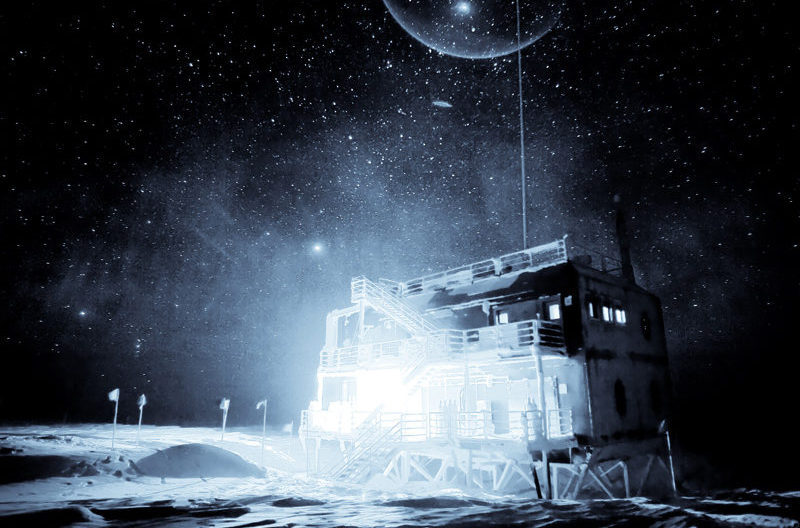
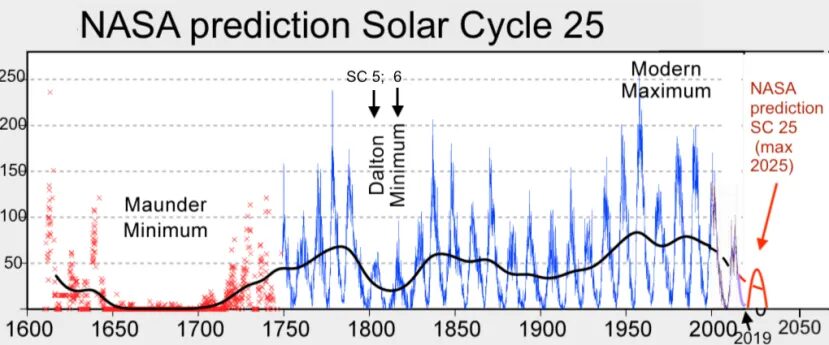
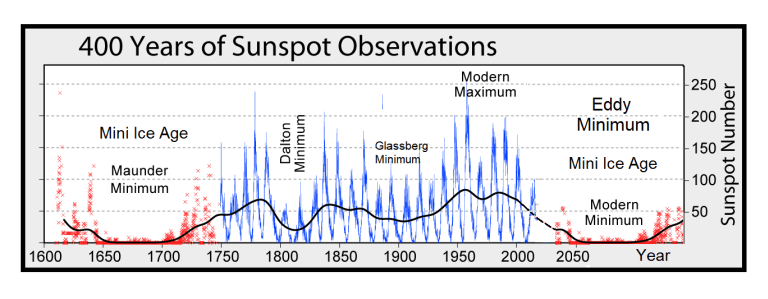



Reader Comments
to our Newsletter